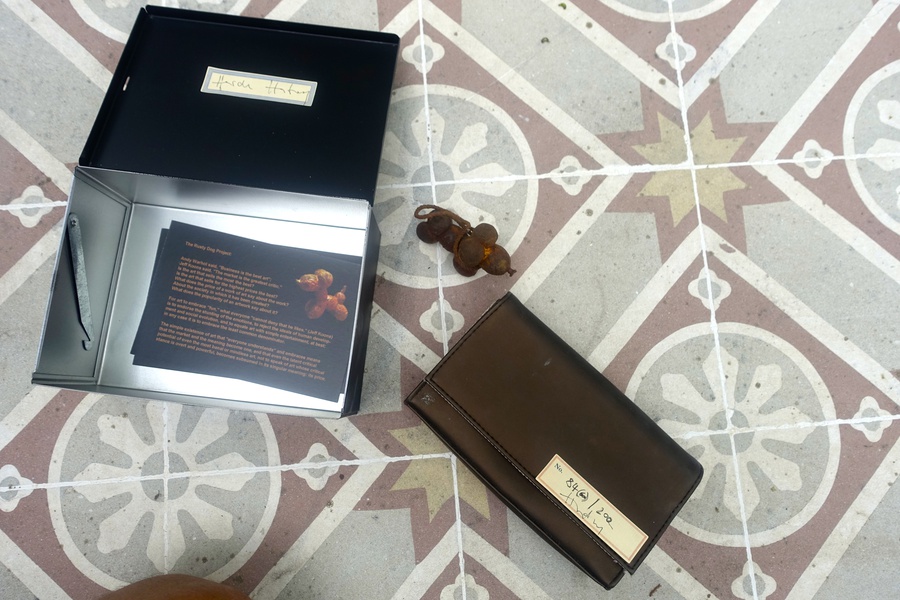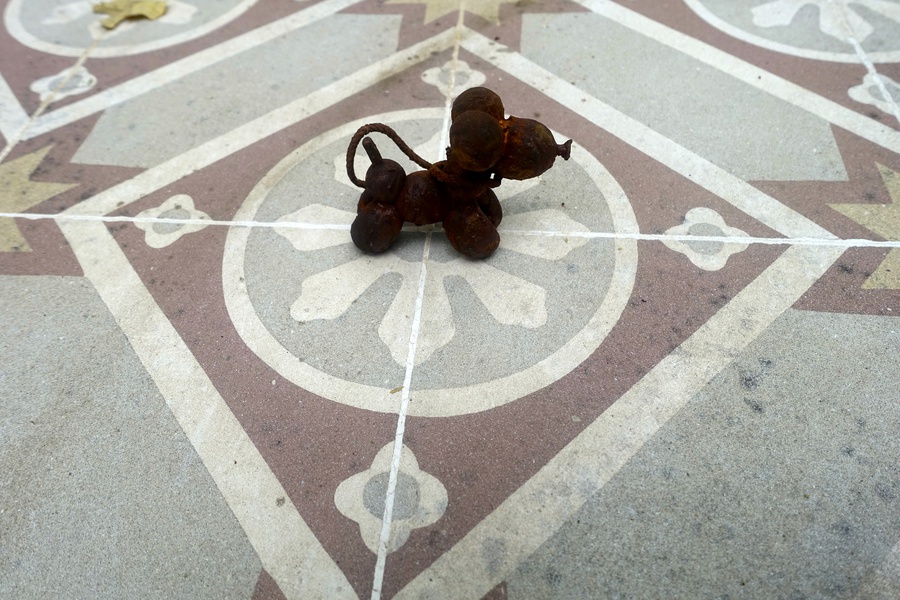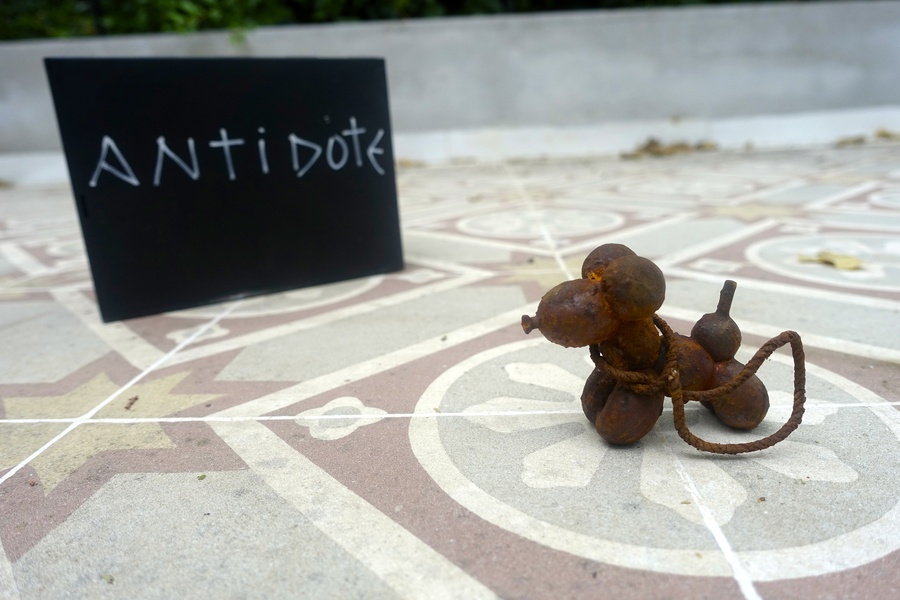
Heide Hatry
2023 Garden of Mysteries

Heide Boli
If art is the act of giving form to chaos, it is equally the creation of life out of death. Nietzsche understood that art must work at the dangerous intersection of the Apollonian (male, controlling, static, contemplative, “sterile,” formal) principle and the Dionysian (female, unfettered, fluid, anarchic, fertile, protean) principle if it is to create and sustain new life, to remain relevant to human existence. The essential and ultimately unresolvable struggle of existence is also the essential and ultimately unresolvable struggle of art, embodied in its inevitable “failures.”
And the myths of Orpheus, acolyte of Apollo – first the descent into the underworld (which is the unknown in all its aspects, including, of course, the unconscious) in order to return Eurydice to life, and then his destruction by the maenads – reflect this fact. The master craftsman of song could not bear uncertainty and he therefore looked back to assure himself that Eurydice was still there with him, thereby losing life to death. His own death, torn to pieces at the hands of the Dionysiac maenads, is the reassertion of the anarchic principle against everything that has become fixed, secure, arrogant, and inflexible.
Boli figures derive from ancient Bamana ceremonial and magical practices in what later became the Mandinka region of West Africa (principally Mali, Gambia, and eastern Guinea). Regarded as “charged” artifacts, they were built up of the saved residues of human bodily processes – blood, urine, excrement, tissue, placenta, skin, etc, fashioned over a “seed” or armature of stone, metal, or wood, and bonded with clay and straw into the shapes of animals or people. They were employed exclusively by Bamana males to concentrate and magnify their own power, while exerting it over their rivals, and they played a central role in the animal sacrifice intended to secure those purposes, sometimes even serving as the altars on which it took place. It is, perhaps, no coincidence that Mali is the global epicenter of female genital mutilation, an obvious effort to exert and maintain male power over what it perceived as female anarchic joy.
Heide Bolis are a feminist recovery of the purposes of art (which there is much evidence to suggest was at its origins a female practice), (re)turning the passive, self-satisfied, venal, narcissistic modes of art to active, progressive, involved, and inclusive modalities. They implicate the dead (including deceased insects and animals) without seeking death. They do not employ the past to sustain and accrue power, but to learn and to create from it, not to celebrate contention but to raise all up together; they are not created for the purpose of self-elevation but for mutual understanding, a fact perhaps most pointedly embodied in their use of menstrual blood, synonymous with change and with the place of non-utility, of a pleasure-based and not a mere production “economy,” in the life processes, as opposed to the traditional inclusion of placenta in Bamana Boli figures, which implies the appropriation or the exploitation (as opposed to the inclusion) of the feminine.
Heide Hatry’s Boli objects, made of her own bodily residues and substances that have given her joy, sorrow, ecstasy, misery, reclaim the female creative force. Men fear death and try to conquer it, while women mourn the dead and in so doing give it an ongoing place in life. Of course, the two principles are always working in tandem, and the male and the female are never fully distinct, but to thematize the dangers it is sometimes necessary to emphasize the differences.




http://www.heidehatry.com/